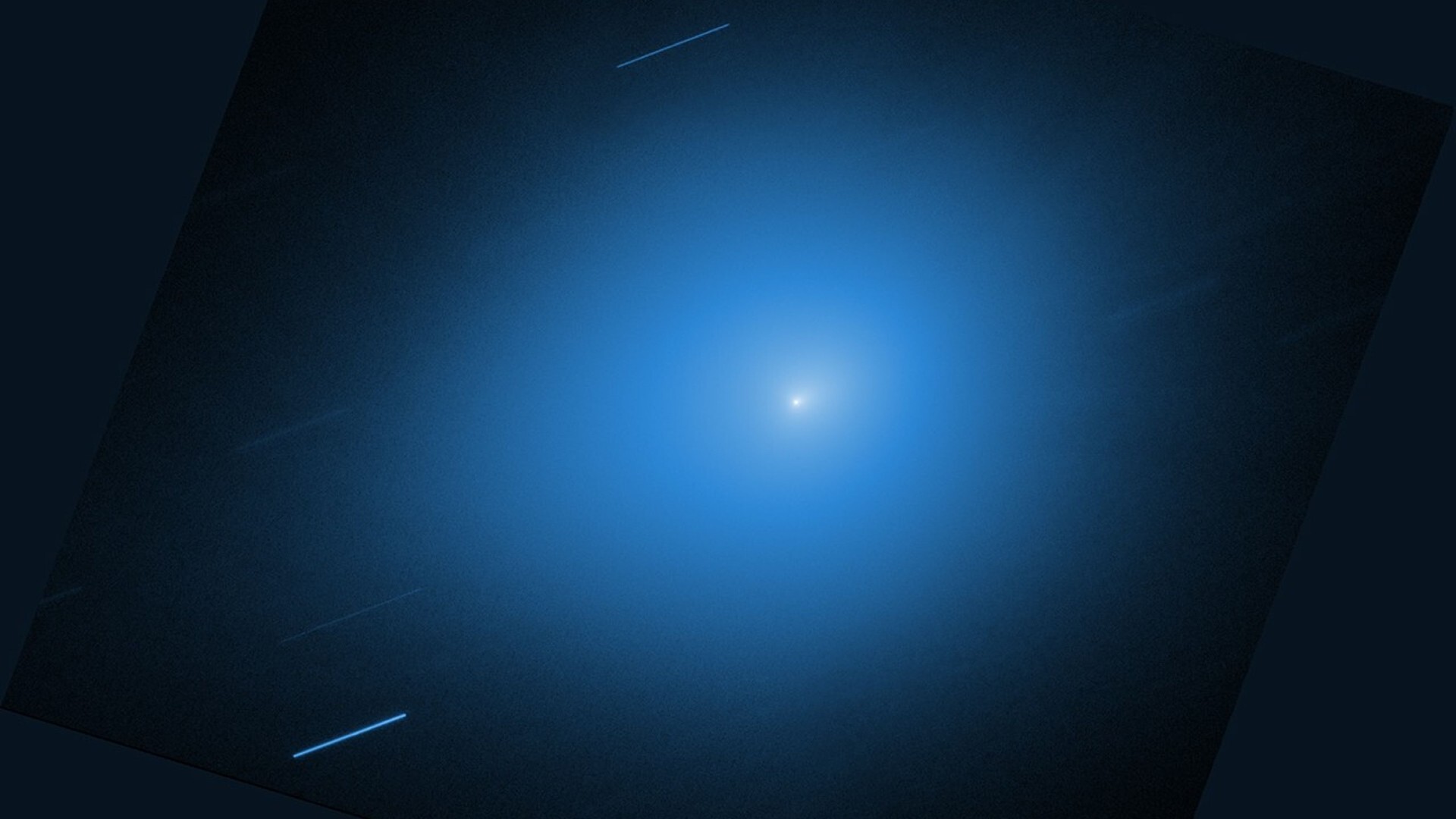First Ad on the Moon: Lunar Billboard for Pocari Sweat to Fly in 2016

Advertising is about to take one giant leap to the moon.
The Japan-based Otsuka Pharmaceutical Co. aims to land a special "time capsule" can of the Pocari Sweat sports drink on the moon next year. The capsule will be delivered to the lunar surface by Astrobotic Technology's Griffin lander, which will launch aboard a SpaceX Falcon 9 rocket in late 2016, if all goes according to plan.
The "Lunar Dream" capsule will contain titanium plates engraved with messages submitted by people around the world, as well as a serving of powdered Pocari Sweat. The vision calls for future lunar explorers to pop open the can and enjoy a drink, after mixing the powder with water sourced from the moon. [Future Moon Exploration: How Humans Will Visit Luna (Infographic)]
"I have had the greatest privilege of technology missions and ventures, but this one — for the moon landing with Pocari Sweat — is really about the new generation that comes up and the opportunity for everyone, however young, to involve, engage and have the experience of a lifetime," Astrobotic chairman and chief science officer Red Whittaker said in a video produced by the "Lunar Dream" team.
Anyone can submit a message for the time capsule; to learn how to participate, go to http://lunar-dream.com/en/join/messenger/.
Terms of the lunar-lander deal were not disclosed, though the website of Pittsburgh-based Astrobotic states that the company charges $1.2 million per kilogram (2.2 pounds) to ferry payloads to the moon.
Otsuka Pharmaceutical is working with the Singapore-based aerospace company Astroscale to design the time capsule, which must withstand the rigors of launch and the harsh conditions of space.
Breaking space news, the latest updates on rocket launches, skywatching events and more!
Whittaker spun Astrobotic out of Carnegie Mellon University in 2007 to compete for the Google Lunar X Prize, a $30 million challenge that aims to encourage private space exploration.
The first privately funded team to put a rover on the moon, have it travel at least 1,650 feet (500 meters) and send back high-definittion video and images by the end of 2017 wins the $20 million grand prize. The second team to do this gets $5 million; another $5 million is available for meeting various milestones. Sixteen teams remain in the competition.
Follow Mike Wall on Twitter @michaeldwall and Google+. Follow us @Spacedotcom, Facebook or Google+. Originally published on Space.com.

Michael Wall is a Senior Space Writer with Space.com and joined the team in 2010. He primarily covers exoplanets, spaceflight and military space, but has been known to dabble in the space art beat. His book about the search for alien life, "Out There," was published on Nov. 13, 2018. Before becoming a science writer, Michael worked as a herpetologist and wildlife biologist. He has a Ph.D. in evolutionary biology from the University of Sydney, Australia, a bachelor's degree from the University of Arizona, and a graduate certificate in science writing from the University of California, Santa Cruz. To find out what his latest project is, you can follow Michael on Twitter.
